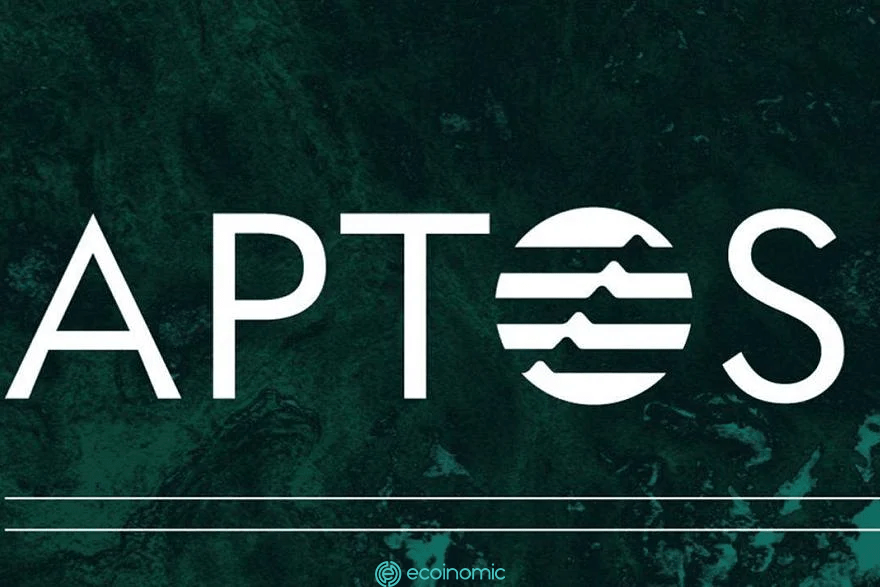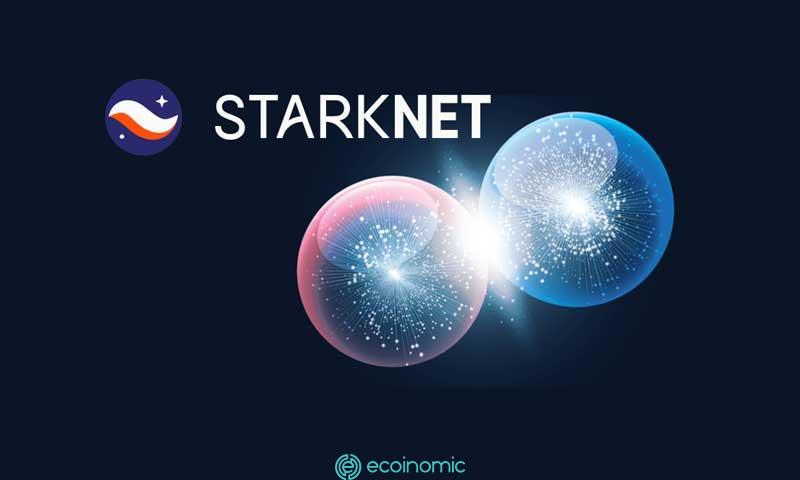Advertisement
According to IFPI’s “Global Music Report,” the music sector achieved record revenues of $25.9 billion by 2021, which represents an 18.5% growth from 2020. Of this nearly $26 billion figure, online music played a major role in the growth, with 24.3% up from 2020.
The numbers are good news for emerging NFT musicians and underscore the need for content that combines audio and video.
Even if the mode of streaming has changed – moving from centralized platforms like Spotify to decentralized NFT markets – music streaming will last a long time. The growing popularity of online music is due to the broader shift towards digital content in the media and entertainment – the print media is gradually fading.
Digital media began replacing print media years ago with profound impacts on the field. Economists have found that the shift to national digital media has led to a decline in local print. This explains the growing focus on national topics and the strengthening of politicization in the content.

But in the new Web3 era, we have the opportunity to change traditional ways. Now, we’ve seen many musicians create their own NFTs and promote them — and be kept huge profits, rather than distributed to record labels or other intermediaries.
Building community
Many commentators have pointed out that building a community is crucial for successful NFT projects. When no longer involved in a centralized platform that distributes content to a large scale, NFT artists must rely on their own networks and personal relationships to deliver the work.
This requires more skills than just producing music, especially those that are soft and financial shrewd — at least enough to know when to say “yes” or “no” to an opportunity.

However, such skills are not taught in traditional music training. Instead, they mainly focus on vocal techniques and the history of music. These factors are useful in many cases but not enough to have a successful music career. That’s why many record labels and centralized organizations are helpful – they help complement what the artist lacks.
However, building a community isn’t just about selling NFT – this is a process that requires high engagement and potential explosive features in an artist’s work. Unfortunately, the usual centralized model of media and entertainment not only forces musicians to split their potential profits but also their rights and controls.
They can’t even make a controlling decision with their music without the approval of the host company.
While many people still feel normal with this issue, many artists hate having to give up this creative control and independence – especially when what they get back is not worth it. The wages of performers are not expected to increase much over the next few years, which suggests that we need to change our current trajectory.
Music has never been for a centralized market. Artists create experiences for others for them to enjoy. Although record companies always talk about building a community, the reality is that many musicians struggle and often not because they don’t have talent but because they lack financial and business expertise.
This causes them to sign contracts with record parties that do not benefit them. But luckily, we’ve made decentralized choices, including MuseDAO. The company recently announced that it wants to engage classical musicians and hold local gatherings to enjoy and develop the culture.
Rich digital experience
NFT Music can bring a profit to artists through initial release and/or receive royal commissions each time that NFT is traded. Justin Blau, also known by his stage name 3LAU, was one of the pioneers with the release of NFT Ultraviolet in 2021.
NFT has the potential to open up a new and extremely attractive market for the creative economy. If we refer to artists – and more broadly content creators – who help build experiences for others, NFT becomes a means of conveying unique works of art.

NFT music in the metaverse platform allows artists to create rich digital experiences that combine simultaneously audio, images, and other types of content. There will be a wealth of creative options and NFT can be used to support not only leisure activities – such rich experiences can also be applied to education and training.
An example of this is the fact that Arizona State University has partnered with Dreamscape Immersive to release the Dreamscape Learn project in 2020. Michael Crow, president of Arizona State University, said: “We have always known that there is a lot of potential to open up new areas of student learning through the use of VR – and educational and social forces – with cutting-edge learning experiences, Adapt.”
The latest revenue from online music and the expansion of the music sector are good news for content creators. The data shows that demand is greater than supply, so NFT and Web3 tools are always available to help the artist. They can take advantage of this trend to not only become financially stable but also create more engaging and enriching experiences on the metaverse platform for society at large.
















